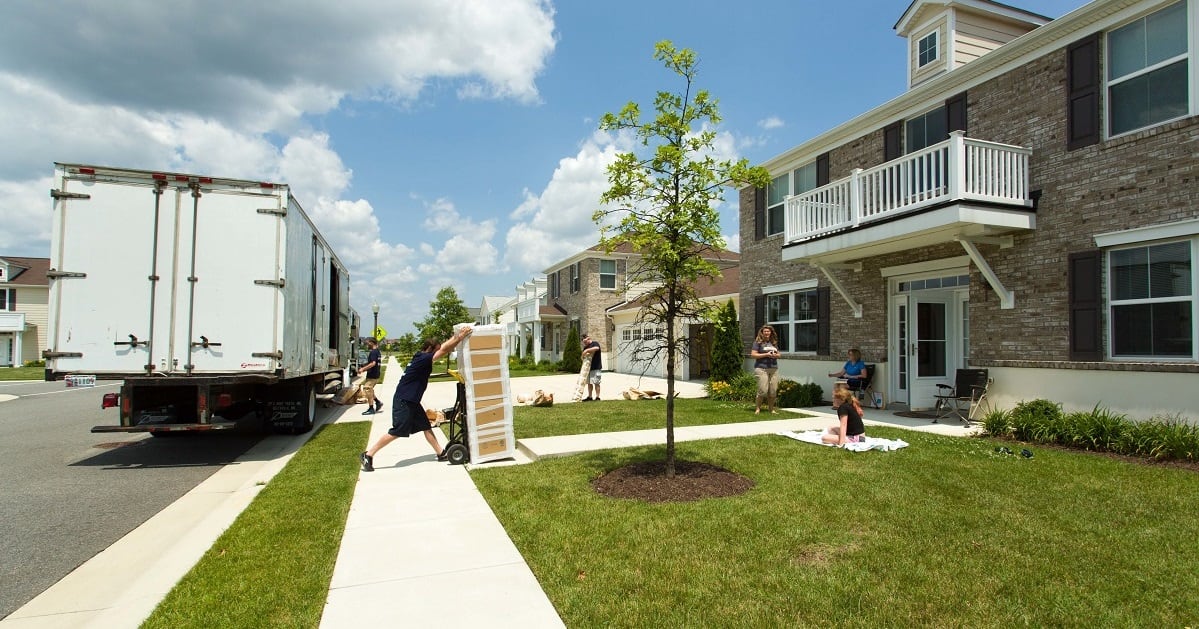If your name won’t be the only one on your mortgage, you may need to do a bit more homework when it comes to the VA loan process.
Eligibility requirements and basic paperwork needs won’t change, but other portions of the path between offer sheet and closing may have a few more hurdles. Here are a few facts to keep in mind:
1. What is “joint”? It seems simple, but not every loan involving more than one person is a joint loan. If your spouse is on the loan, it’s only considered “joint” if he or she is also using VA loan benefits. Otherwise, it’s not processed under joint guidelines.
“Joint” applies to all other instances when more than one individual is part of the loan process, including multiple VA loan benefit users and/or partners who are not spouses of the veteran(s) involved. One exception: If you intend to marry the other individual on the loan prior to closing, the process can be started as a non-joint loan and finished that way if the marriage takes place.
RELATED

2. Vets must stand alone. VA’s Lenders Handbook states that when lenders are considering a joint loan, they should not allow other borrowers to compensate for perceived financial shortcomings of the veteran. This means a veteran’s strong financial situation can be used to boost the case of a nonveteran (or individual not using VA benefits) attached to the loan, but not the other way around. With loans involving multiple veterans, their financial strength should be considered on an individual basis.
3. Equal share. In loans with multiple veterans, VA will apply equal amounts of each veteran’s entitlement to the loan guaranty amount. In cases where the loan makes this impossible (borrowers with different entitlement amounts each seeking to maximize their benefit, for instance), all parties must agree to the unequal charges.
4. Some money down. VA only guarantees a veteran’s part of a joint loan. In cases where the loan exceeds the guaranty amount, it’s likely the lender will require a down payment.
5. Funding fees stay put. Each veteran will be assessed a funding fee as if they were applying for their own VA-backed loan, based on the amount of the loan they’re taking on. Get a funding fee breakdown here.

6. Residency rules. Joint loans don’t allow veterans using their VA loan benefit to escape residency requirements, but others on the loan who aren’t using VA benefits don’t have to promise to live in the home.
7. Size restrictions. Veterans have more flexibility on property sizes when it comes to joint loans. Two veterans on a joint loan using VA benefits, for instance, may purchase a property with up to six family units, plus a business unit. The number of family units would increase by one with every other VA-backed veteran on the loan.
Get more from VA’s Lenders Handbook here.
Kevin Lilley is the features editor of Military Times.








